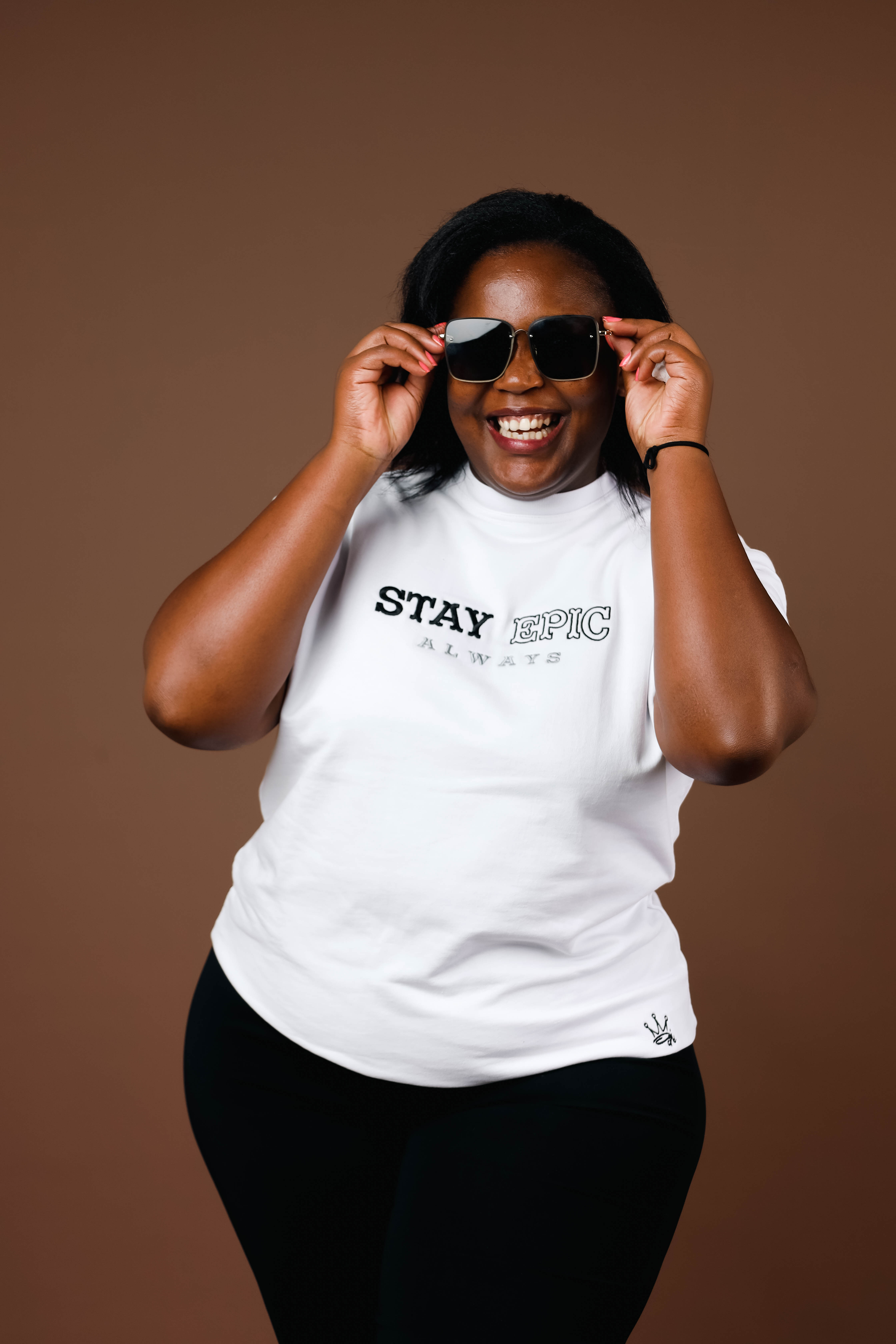The night begins with a name—whispered, typed, then erased. A DM that vanishes after being read. A location sent with no explanation. That’s how it starts. In Nairobi’s underground streetwear scene, the best-kept spots aren’t found—they find you. If you’ve been invited, you already belong.
The city hums as you step into the alley, the sound of distant music bleeding into the night air. A warehouse looms ahead, its exterior unremarkable. But the second you step inside, the atmosphere shifts. The scent of fresh leather and raw denim lingers in the air. A single spotlight casts shadows over a mannequin draped in something that looks more like armor than a jacket. This isn’t mass production; it’s craftsmanship. Every stitch, intentional. Every piece, a rebellion against the ordinary.
“Try it on,” someone says. You don’t see their face, only the gleam of custom chains reflecting off the racks. You brush your fingers against a distressed leather jacket, the texture rich and worn, as if it already holds a history. You slip it on, and in that moment, it fits not just your frame but something deeper—like it was always meant to be yours.
Outside, the night presses in, but the energy pulls you forward. The next stop isn’t a store—it’s a frequency. The warm glow of neon spills onto the pavement, leading you into a space where vinyl records line the walls. Somewhere between the crackle of Miles Davis and an old-school K’naan press, a conversation about the future of Nairobi’s fashion unfolds. A designer sketches on a napkin. A stylist debates sneaker drops. No money is exchanged here, only ideas.
Across the room, a guy in a hand-painted bomber leans against a turntable, the colors shifting under the neon light. It isn’t limited edition. It’s one of one.
“You want something like this?” he asks, his voice barely audible over the bassline. He nods toward the back. “Talk to the tailor upstairs.”
An unmarked door leads to a stairwell, each step creaking beneath your weight. The walls are raw brick, the scent of fabric and dye growing stronger as you climb. A tailor sits by the window, head down, hands moving fast—sewing, altering, reshaping. He doesn’t look up, but he gestures toward the rack beside him. Custom pieces, waiting to be worn. You run your hand over the fabric, feeling the weight of the work, the care in every detail. Here, clothing isn’t just worn. It’s built, from the thread up.
A knock at the door. Someone else has arrived. The tailor glances up, just for a second, then returns to his work. No small talk, no hesitation—just motion. The newcomer steps inside, clutching a folded jacket under their arm. You recognize it immediately—hand-painted, worn soft, its colors shifting under the low light. A trade, a remix. The tailor nods. No words needed.
You slip back down the stairs and into the city. The pulse of music spills from doorways, neon signs flicker, and the night moves in rhythm with the streets. A figure leans against a lamppost, adjusting the cuffs of their jacket, watching the world pass by. Across the street, a group gathers beneath an old cinema marquee, shadows stretching under the glow of flickering bulbs. Conversation, exchange, movement—it never stops.
And just like that, the city folds you back in.
By the time the night fades, your perception of fashion has shifted. It’s not just about what you wear—it’s about where you find it, who you meet because of it, and the story it tells when you walk into a room. The invitation was never about clothes. It was about knowing where to look.
Now, you do.
Clothes make a statement. Costumes tell a story.
Ozwald Boateng 🇬🇭

